Research Report: Sustainable Menu Practices in New Zealand Cuisine
VerifiedAdded on 2023/04/22
|16
|1427
|254
Report
AI Summary
This research report investigates sustainable practices in menu development within the context of New Zealand cuisine. It begins with a regional background, outlining key statistics, geographical features, and factors influencing eating and drinking trends, such as modernization and health consciousness. The report then delves into demographics, population distribution, and cultural influences, including the impact of immigration and religious events like the Gisbourne Wine and Food Festival and the Matariki Festival. Lifestyle changes, media influences, and technological developments, such as molecular genetic techniques and pulsed electric field technology, are also examined. The report highlights the role of chefs like Peter Gordon and scientific advancements in shaping menu responses, including the adoption of pasture-fed meats and gluten-free options. Overall, the report provides a comprehensive overview of the dynamic forces shaping New Zealand's culinary landscape and its move towards sustainability.
1 out of 16
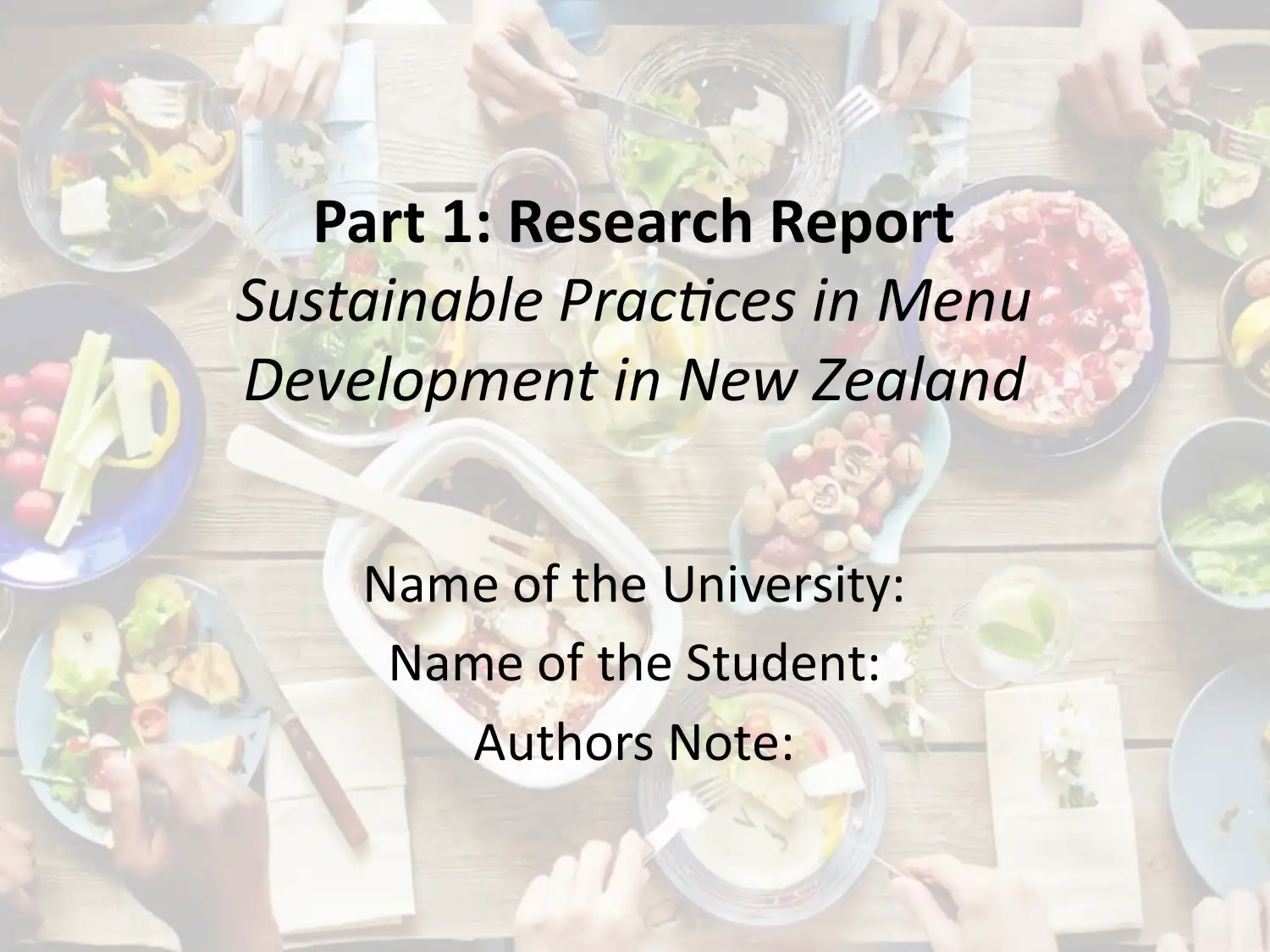
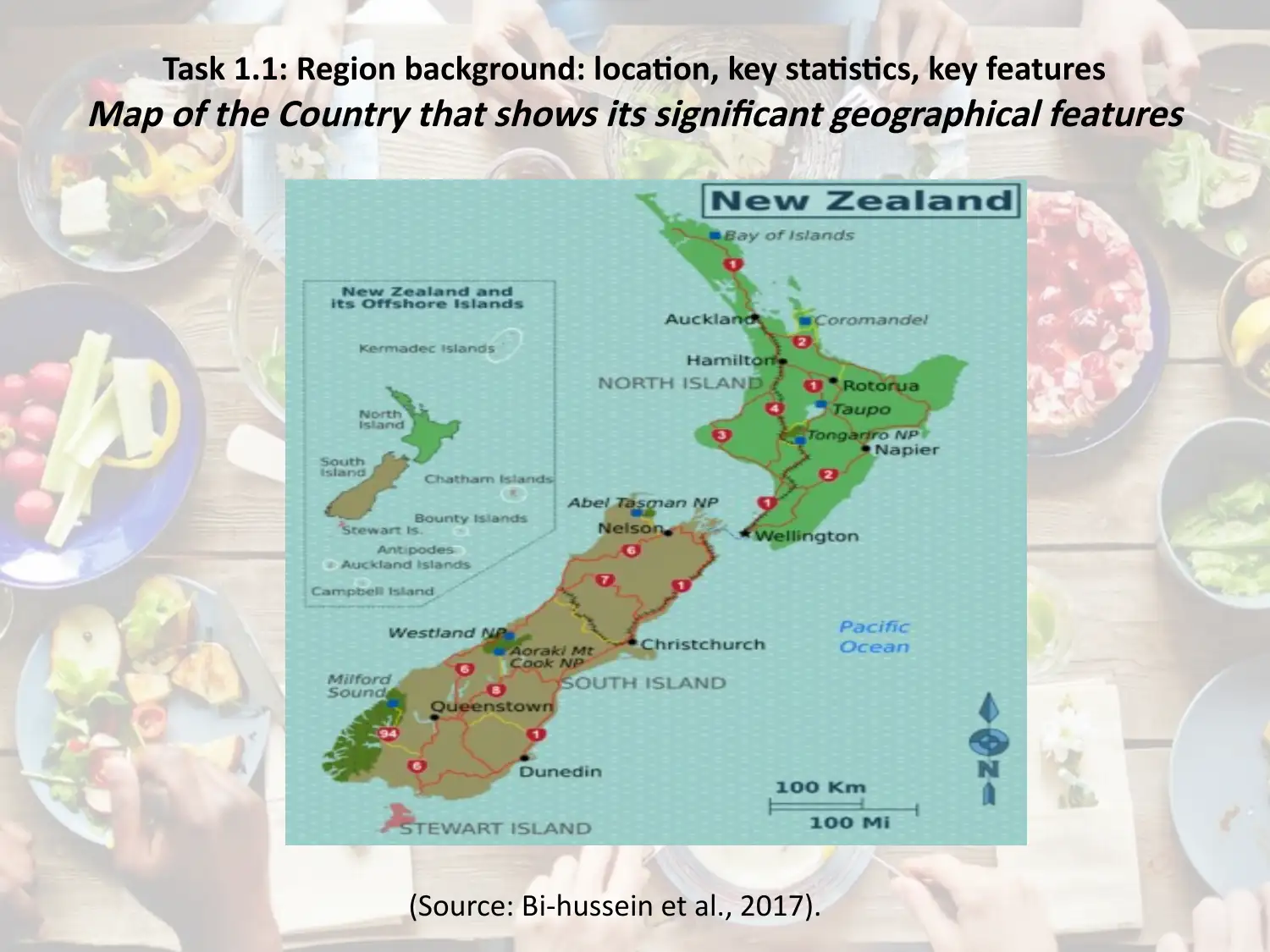


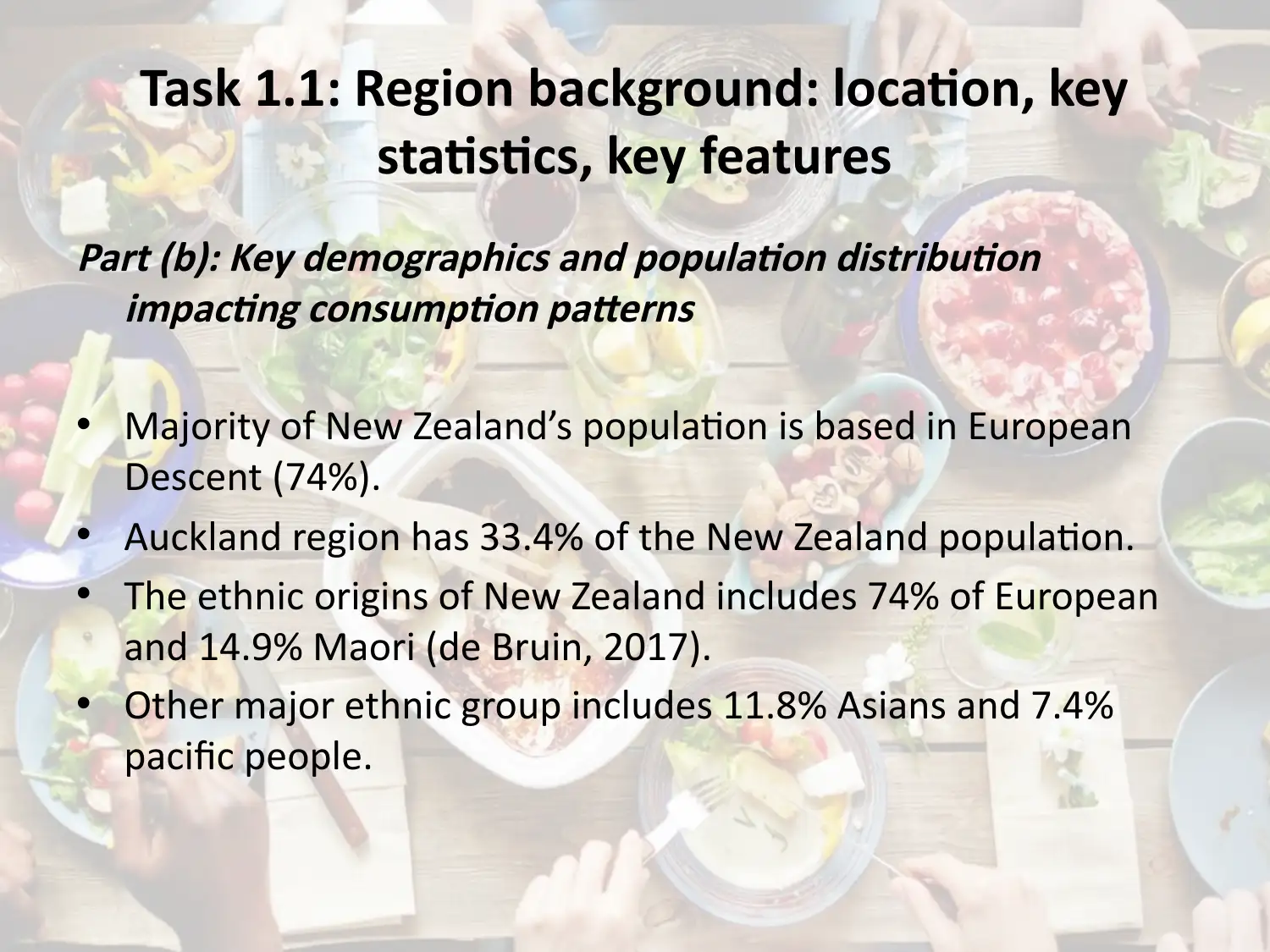
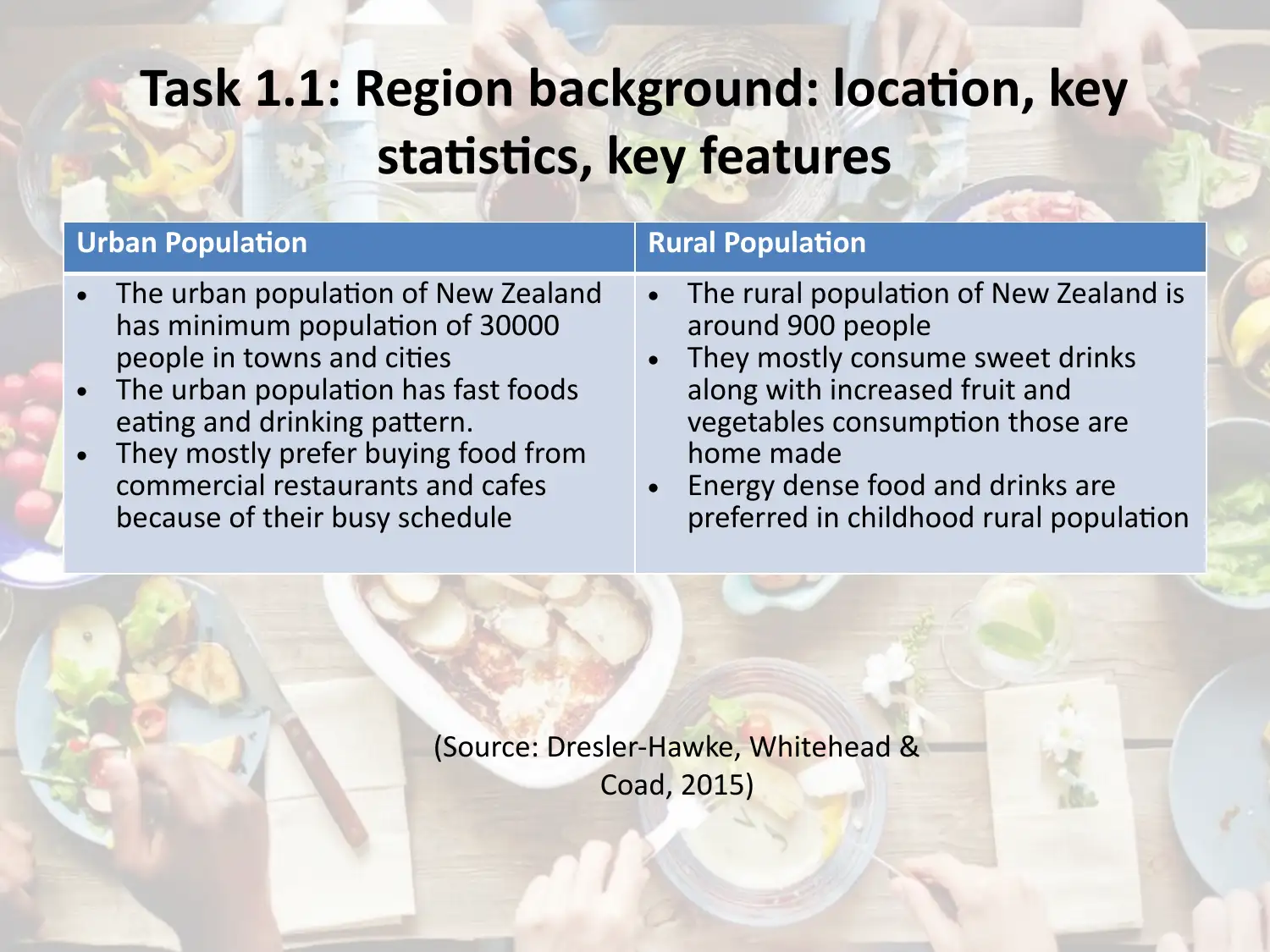
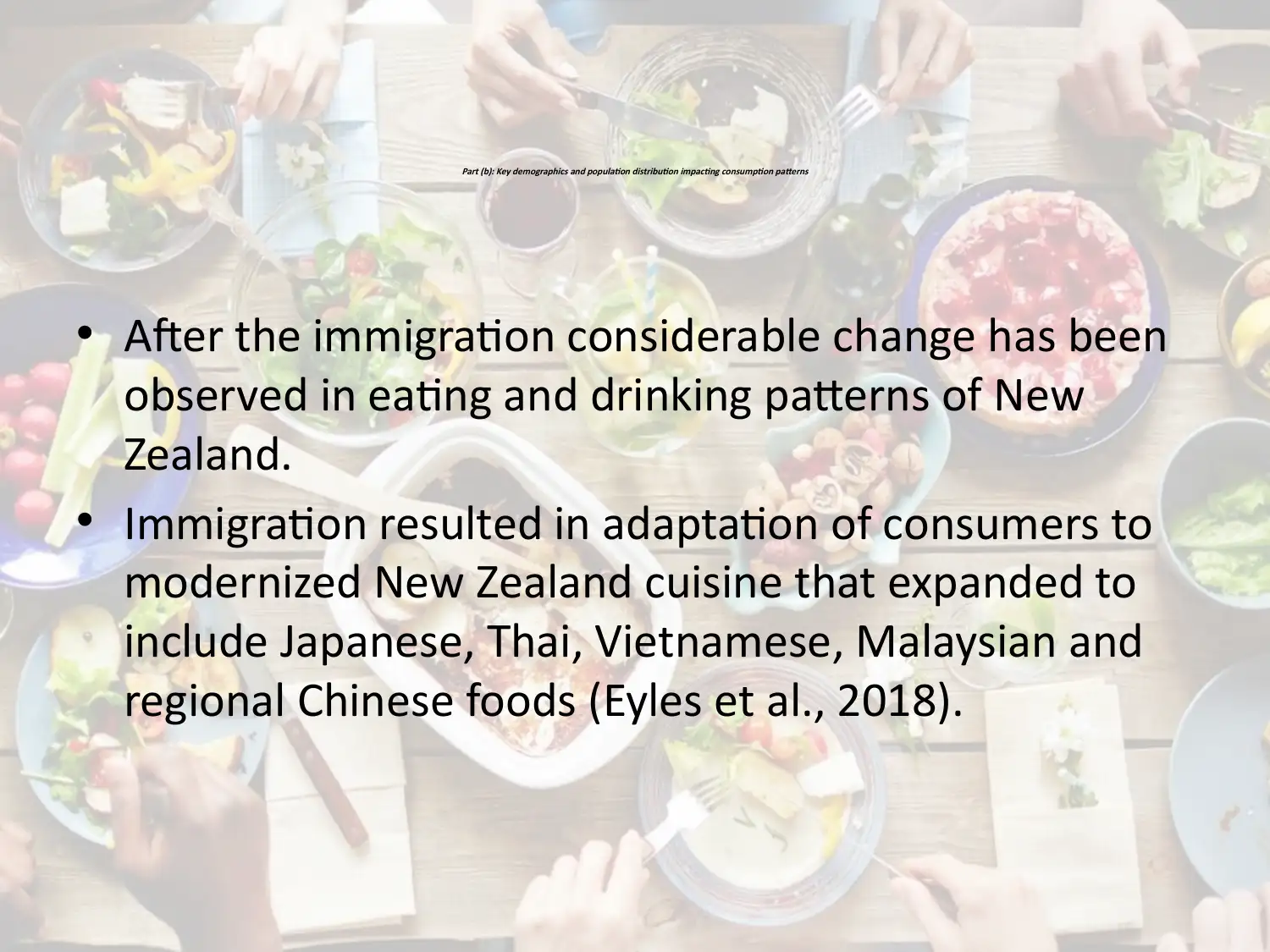
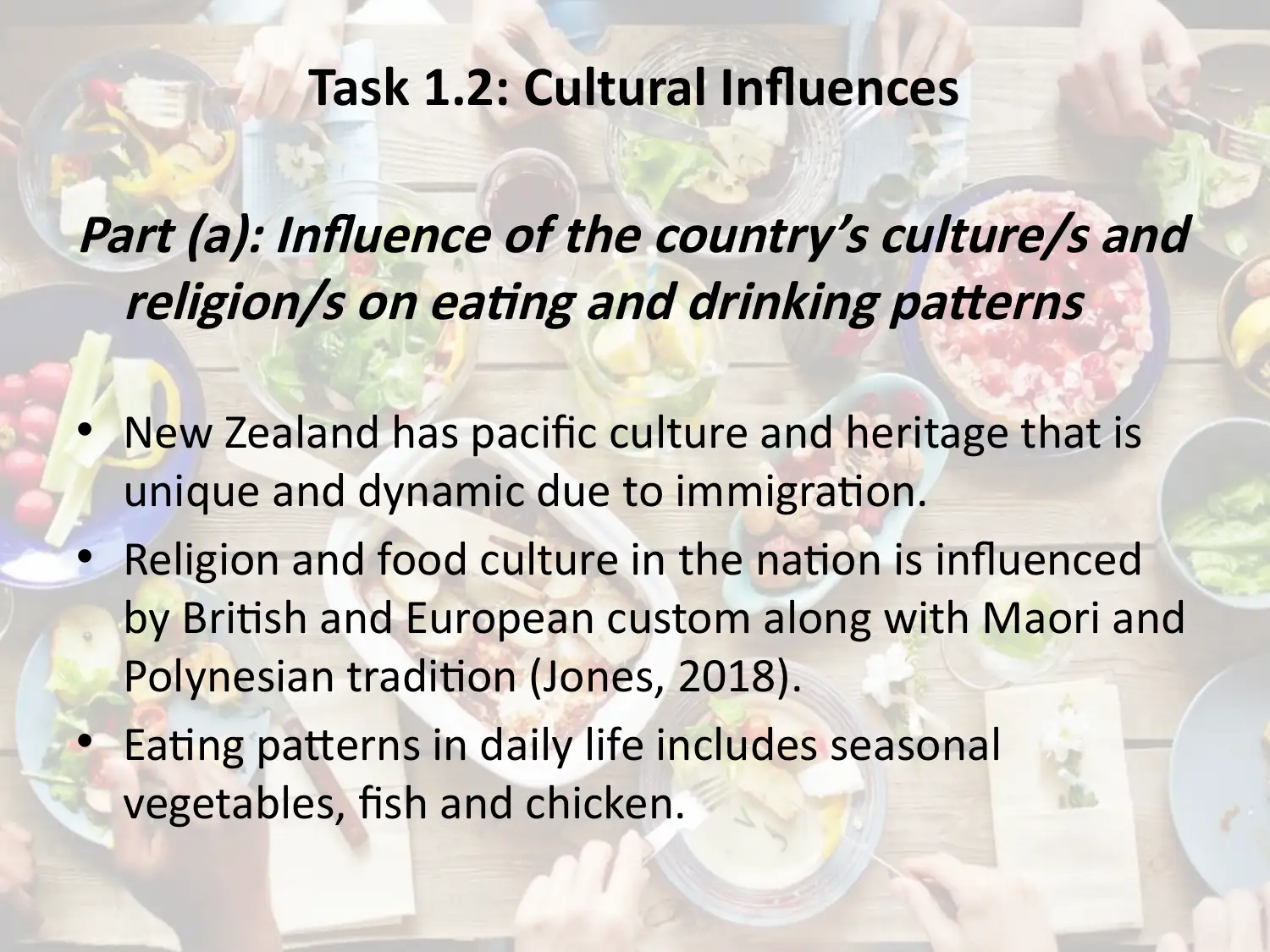
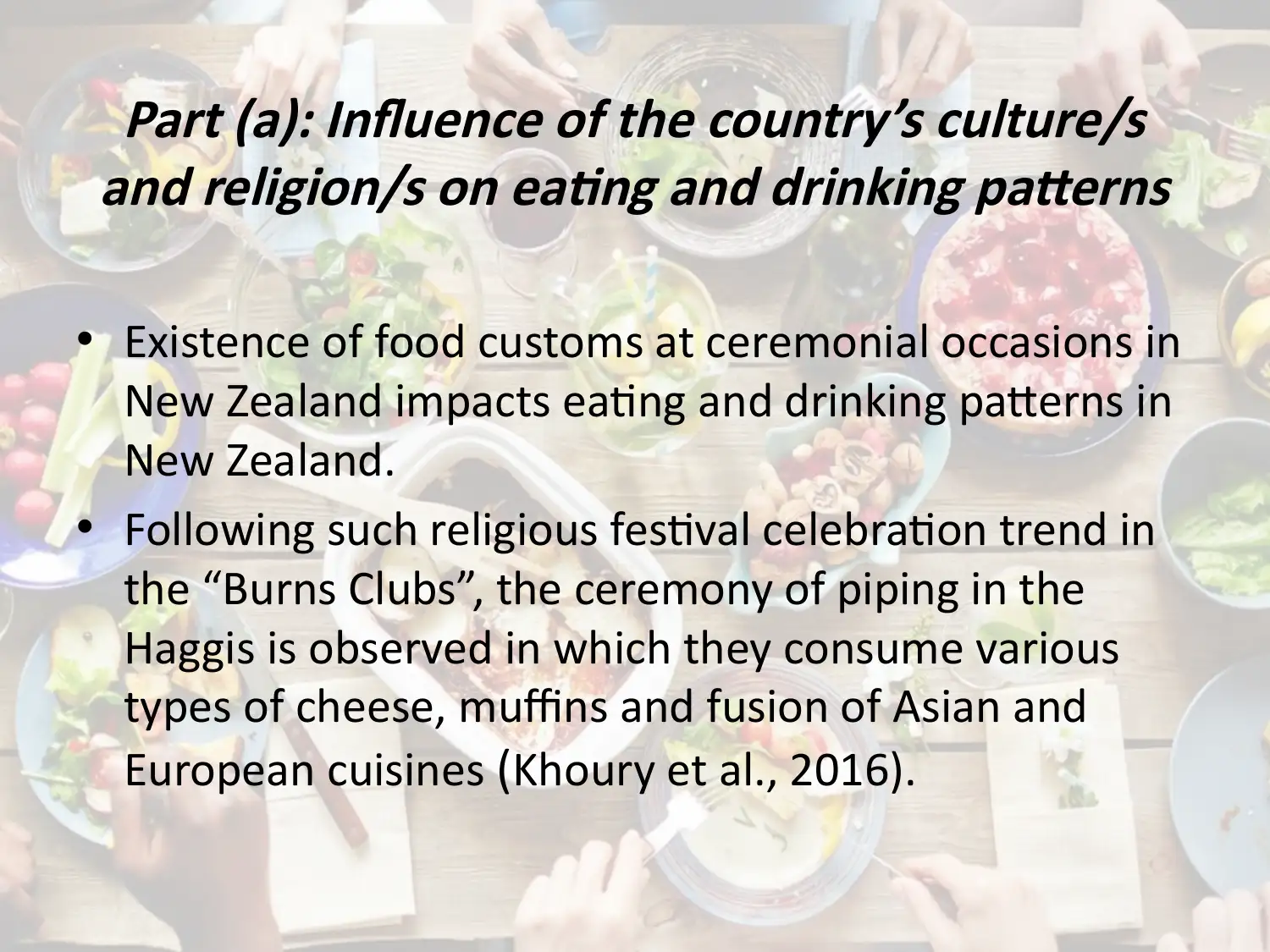

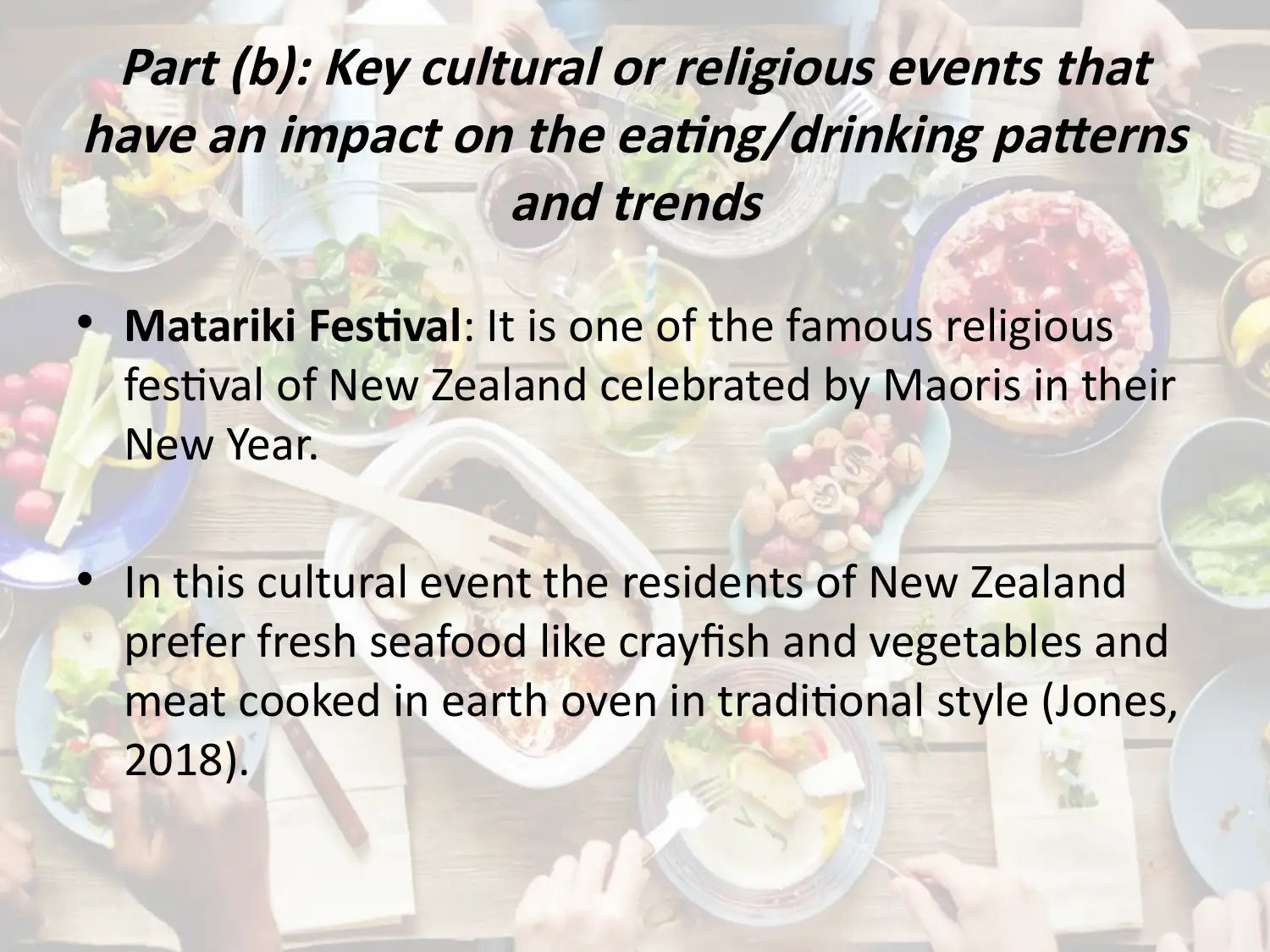

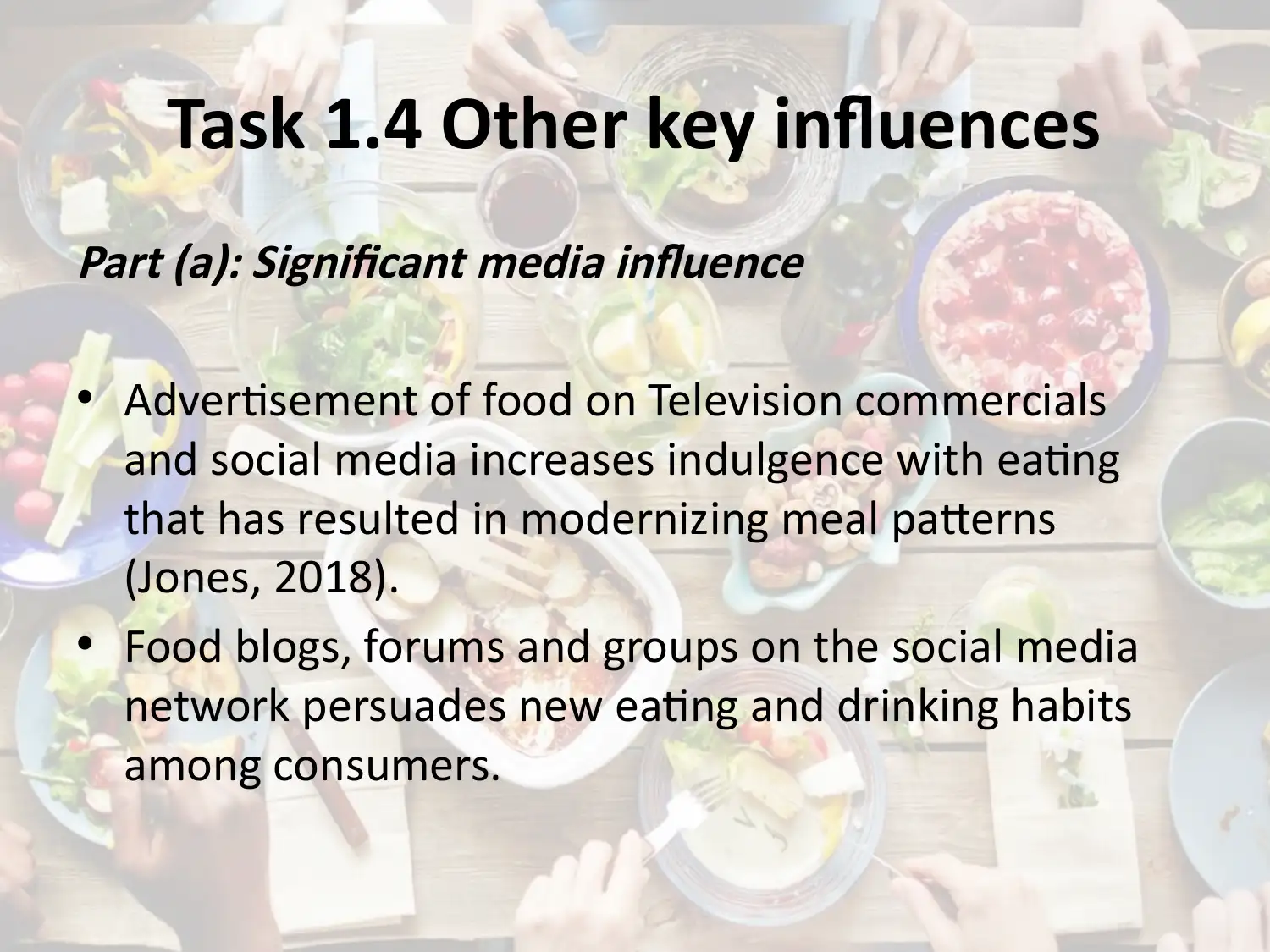



![[object Object]](/_next/static/media/star-bottom.7253800d.svg)